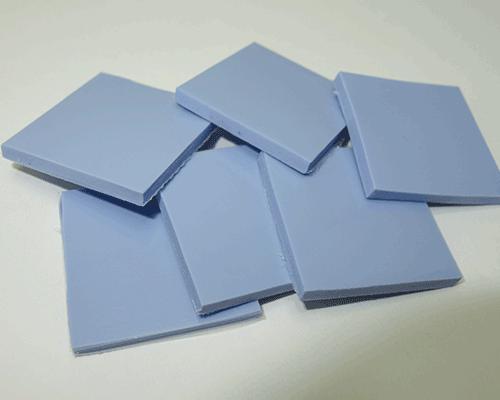+86-13928321129
jiahewell@jhzhb.com
- All
- Product Name
- Product Keyword
- Product Model
- Product Summary
- Product Description
- Multi Field Search
 English
English English
English
Thermal silicone works by conducting heat from one surface to another through its excellent thermal conductivity. It is filled around heat sinks, chips or other heat sources to improve heat conduction efficiency and prevent the device from overheating.
1. What industrial applications is it suitable for?
Thermal conductive silicone is widely used in industrial fields such as electronics, electrical appliances, automobiles, and LED lighting. It is often used in chips, radiators, LED modules and other components to provide excellent heat dissipation performance.
2. What is the temperature resistance of thermally conductive silicone?
It has excellent high temperature stability and can maintain stable performance under extreme temperature conditions. Temperature resistance depends on the specific product model, but can generally operate in high temperature environments.
3. What are the construction and application methods?
Thermal silicone is usually applied by coating, injection or extrusion. Before construction, the surface needs to be cleaned and the silicone must be evenly coated or filled around the parts that need to dissipate heat.

4. How is the corrosion resistance?
Thermal conductive silica gel has good corrosion resistance to common chemicals and corrosive substances, and can resist chemical corrosion under harsh environmental conditions. Good electrical insulation properties can effectively isolate the current between the heat source and the power supply to ensure the safe operation of the equipment.
5. What should I pay attention to during storage and maintenance?
Thermal silicone should be stored in a dry, cool place away from direct sunlight. Check shelf life before use to ensure product performance is not affected. Before construction, make sure the surface is clean to ensure optimal thermal conductivity.